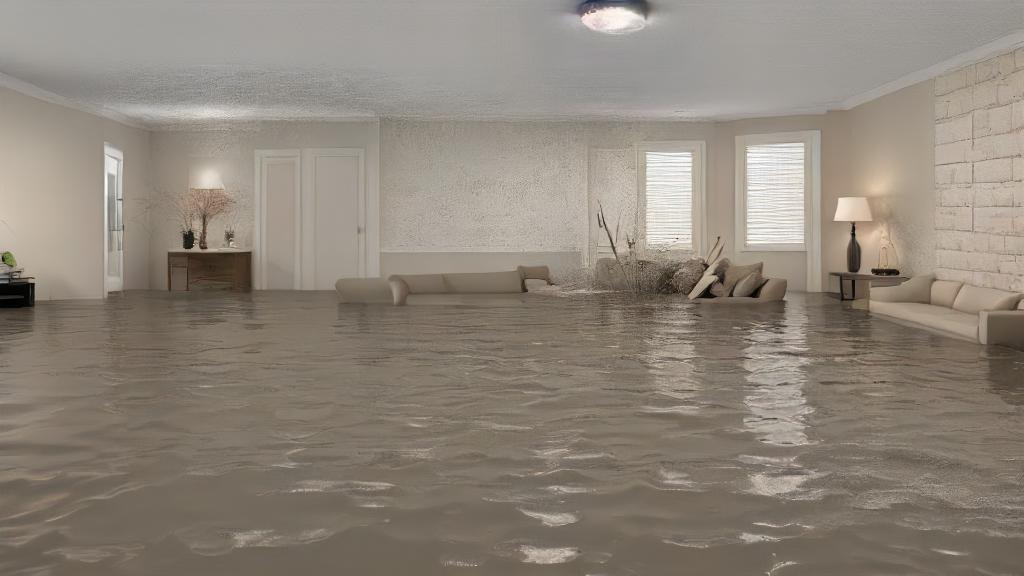Introduction
Water damage can wreak havoc on properties, causing a wide range of issues from structural damage to mold growth. In the aftermath of a major leak, flood, or any water intrusion, the cleanup process goes beyond simple mopping up. It requires a comprehensive approach known as water damage restoration. In this article, we’ll delve into the intricacies of water damage restoration, exploring its different categories, steps involved, and the importance of each phase in bringing properties back to their pre-loss condition.
Categories of Water Damage
The Institute of Inspection, Cleaning and Restoration Certification (IICRC) categorizes water damage based on the type of water involved:
- Category 1: Clean water originates from a sanitary source and poses no substantial risk to human health. Examples include water from broken supply lines or overflowing sinks.
- Category 2: Gray water contains significant contamination, such as from household appliances like dishwashers or washing machines. Although not highly hazardous, exposure to gray water may cause discomfort or illness.
- Category 3: Black water is grossly contaminated and can pose severe health risks. It may contain sewage, toxins, or pathogens, often resulting from sewage backups or flooding from rivers or oceans.
Understanding these categories is crucial as each requires different cleanup methods and poses varying levels of risk to occupants.
Also Read: Water Damage Dallas: Understanding the Impact and Restoration Process
The Restoration Process
Mitigation
Mitigation is the initial step in water damage restoration, aimed at preventing further damage and containing the existing one. It involves:
- Inspecting the damaged area to assess the severity and type of water damage.
- Removing damaged furniture, carpeting, and other materials.
- Extracting water and drying affected areas using specialized equipment like pumps and dehumidifiers.
- Disposing of contaminated materials safely.
Mitigation plays a critical role in minimizing the extent of damage and preparing the property for the subsequent remediation phase.
Remediation
Remediation focuses on cleaning, disinfecting, and restoring salvageable materials. Key steps include:
- Cleaning and sanitizing affected surfaces to eliminate contaminants.
- Deodorizing to remove any lingering odors.
- Testing for moisture to ensure thorough drying.
- Removing irreparable items that cannot be restored.
This phase is essential for ensuring a safe and healthy environment post-restoration.
Restoration
Restoration involves the final steps in returning the property to its pre-loss condition. This includes:
- Repairing or replacing damaged flooring, walls, and ceilings.
- Cleaning and restoring carpets, rugs, and upholstery.
- Preventing mold growth through thorough drying and dehumidification.
- Conducting final inspections to ensure the property is fully restored.
Restoration not only addresses visible damage but also focuses on structural integrity and preventing future issues like mold growth.
Costs and Considerations
The cost of water damage restoration varies depending on factors such as the extent of damage, type of water involved, and size of the property. Mitigation costs typically range from $1,300 to $5,200, with black water damage being more expensive to mitigate due to its higher contamination levels.
Restoration costs can range from a few hundred dollars to tens of thousands, depending on the extent of repairs and replacements needed. It’s essential for property owners to understand these costs and work with reputable restoration professionals to ensure thorough and effective restoration.
Tips for Water Damage Repair
- Act quickly: Prompt action can minimize damage and prevent mold growth.
- Ensure safety: Wear appropriate protective gear when dealing with contaminated water.
- Document the damage: Take photos for insurance purposes before beginning cleanup.
- Control humidity: Maintain indoor humidity levels below 60% to prevent mold growth.
- Consider restoration: In many cases, items can be cleaned and restored rather than replaced, saving both money and resources.

Also Read: Water Damage Charlotte: Navigating Restoration Services in The Queen City
Conclusion
Restoration water damage is a complex process that requires expertise and thoroughness to ensure properties are fully restored to their pre-loss condition. By understanding the categories of water damage and following the proper mitigation, remediation, and restoration steps, property owners can mitigate damage, minimize costs, and restore their properties effectively. Acting swiftly and working with experienced restoration professionals are key to successful water damage restoration.










